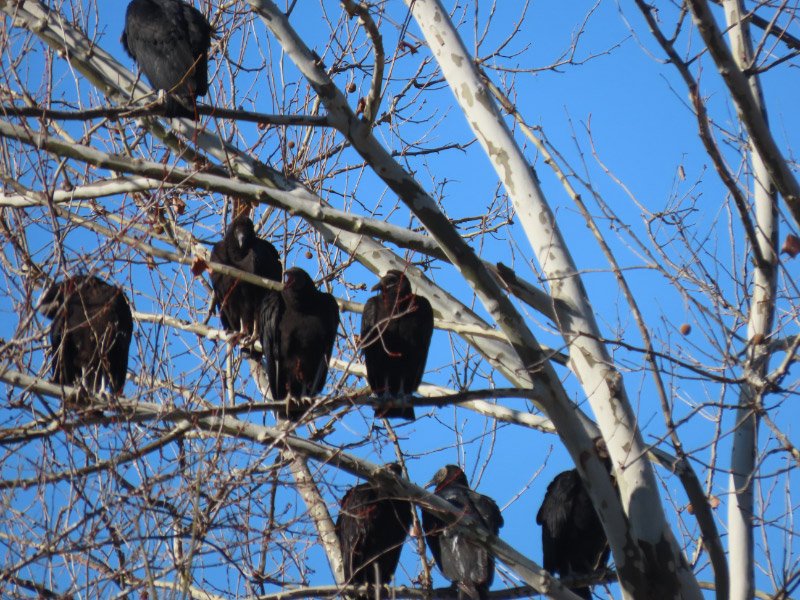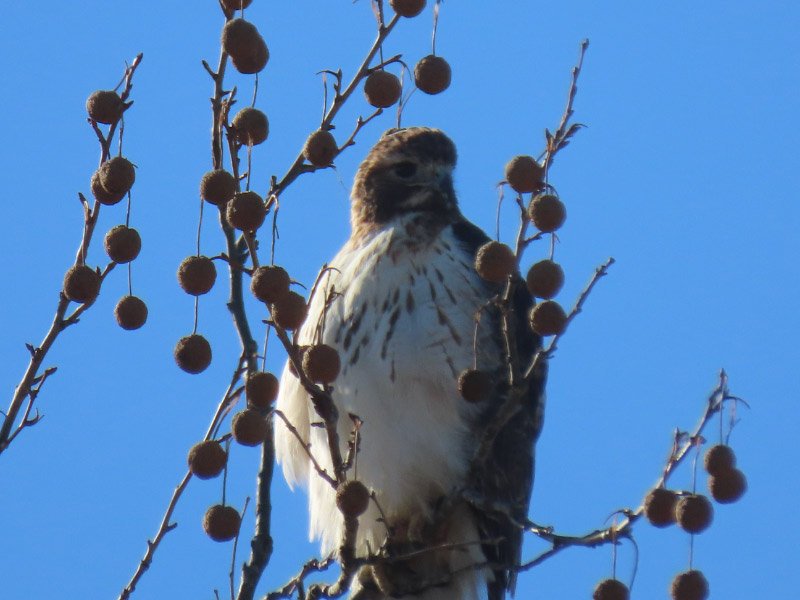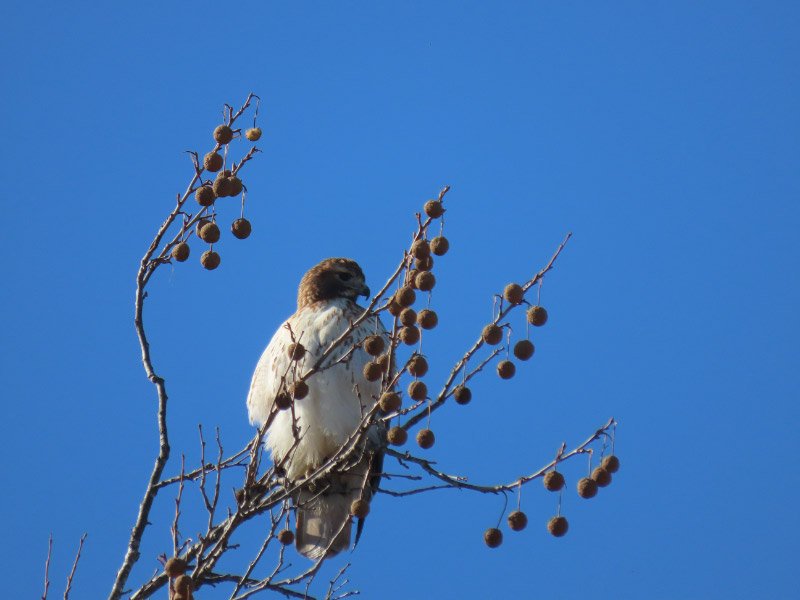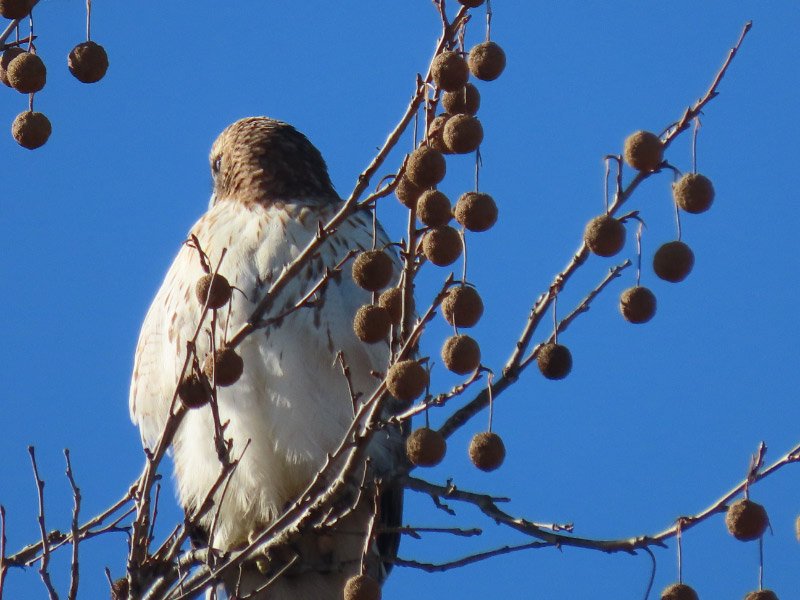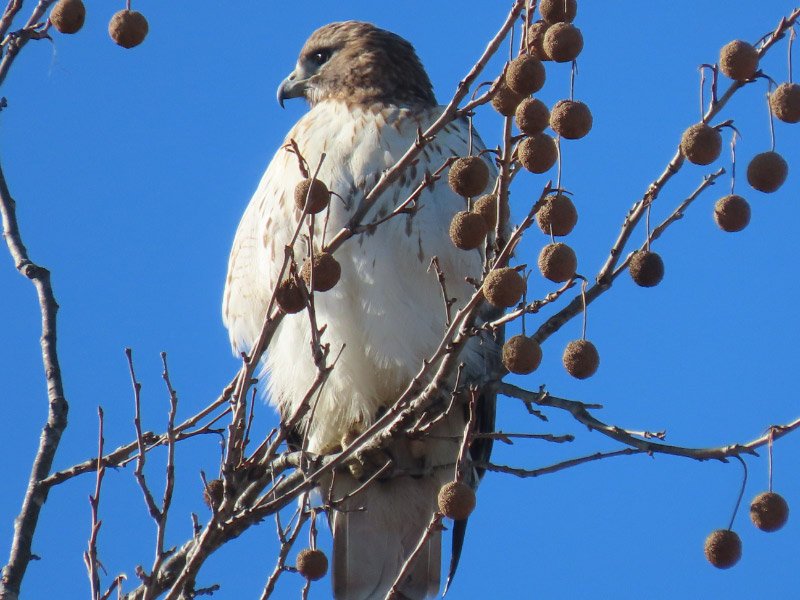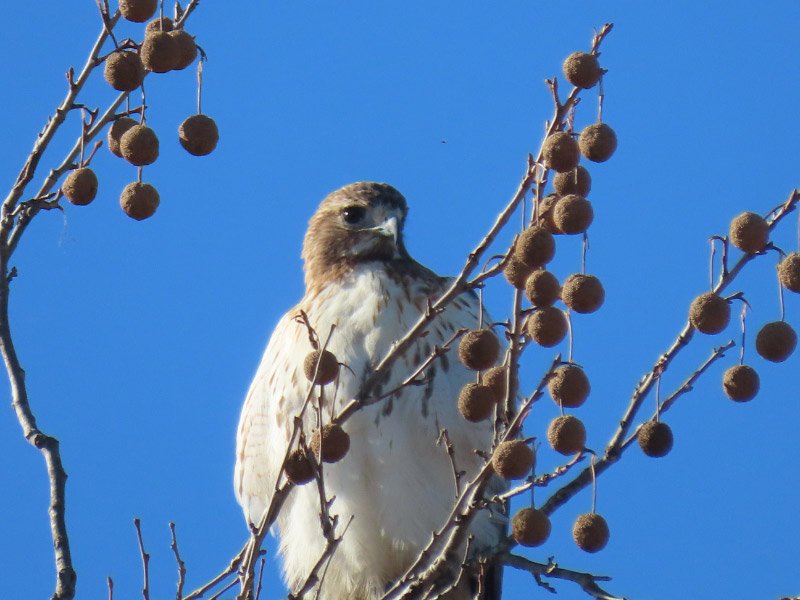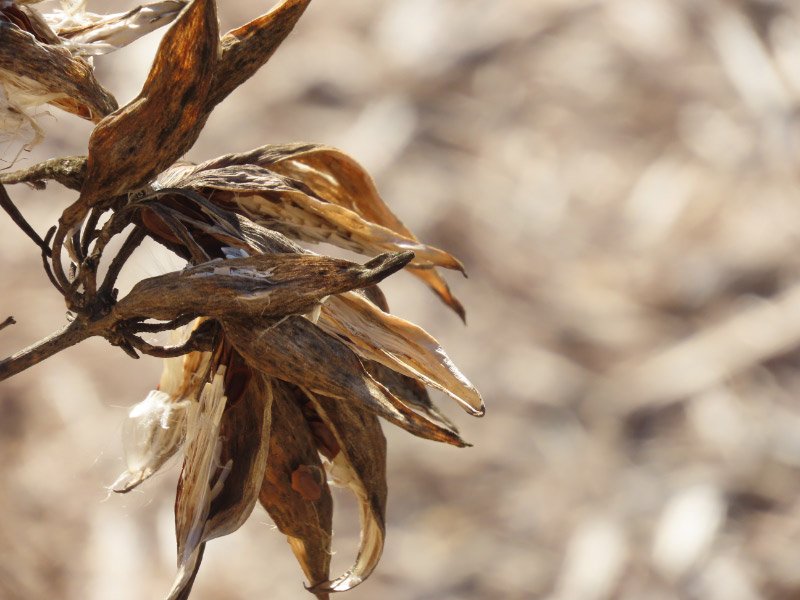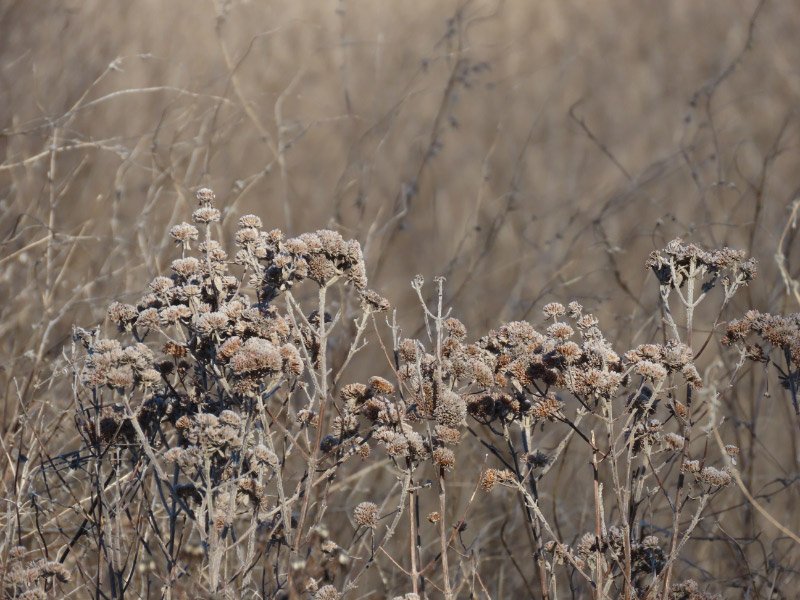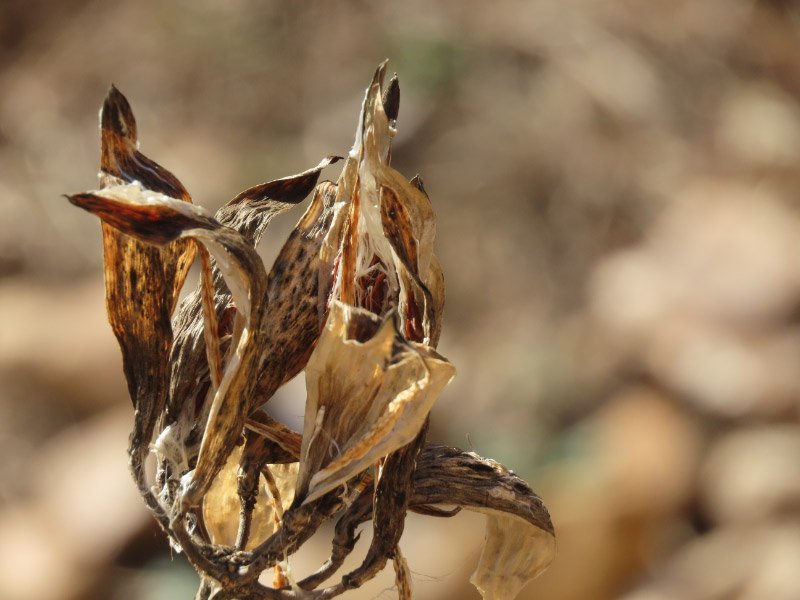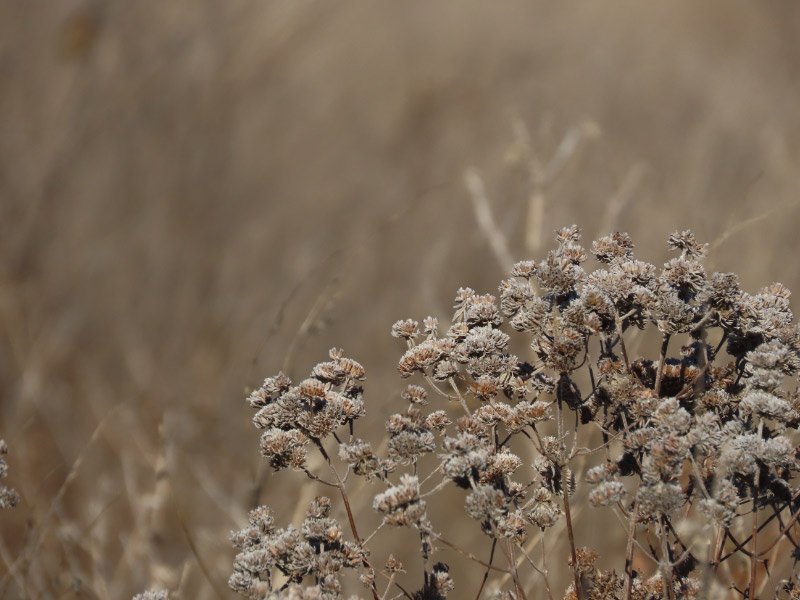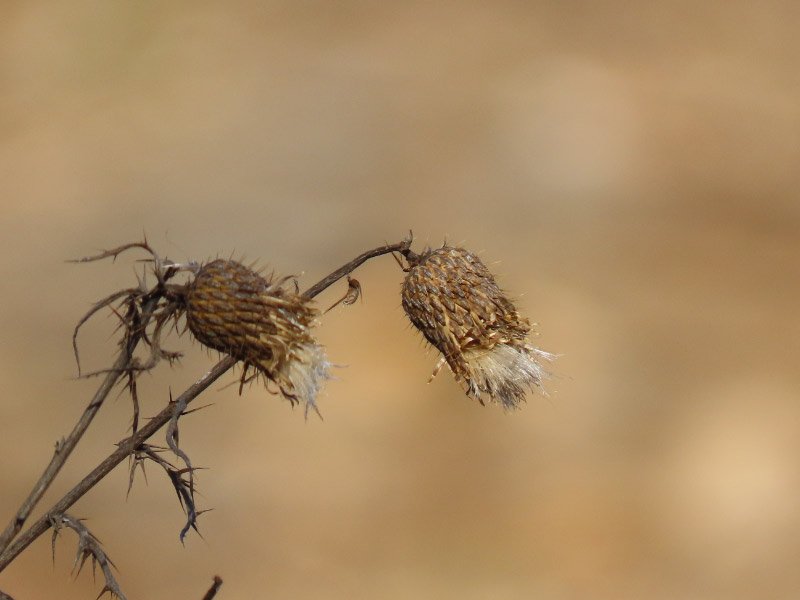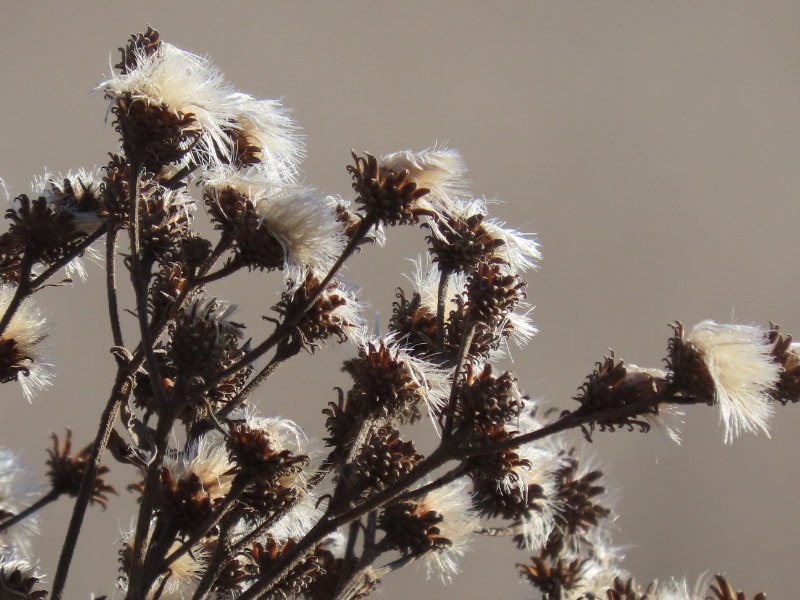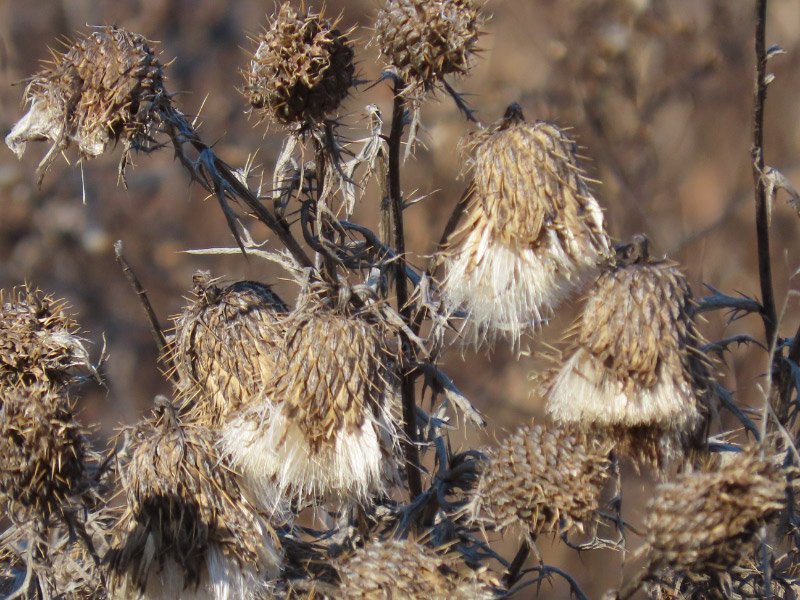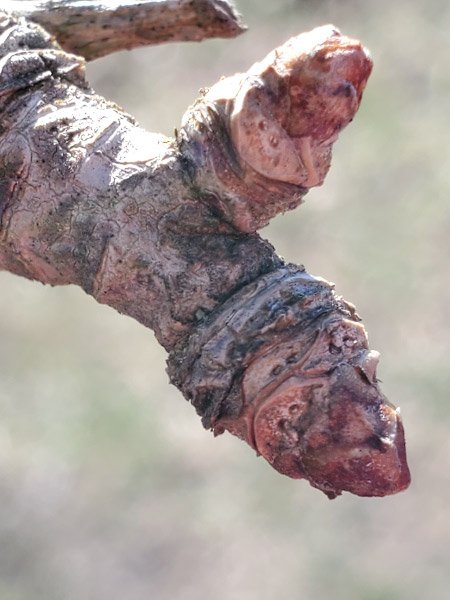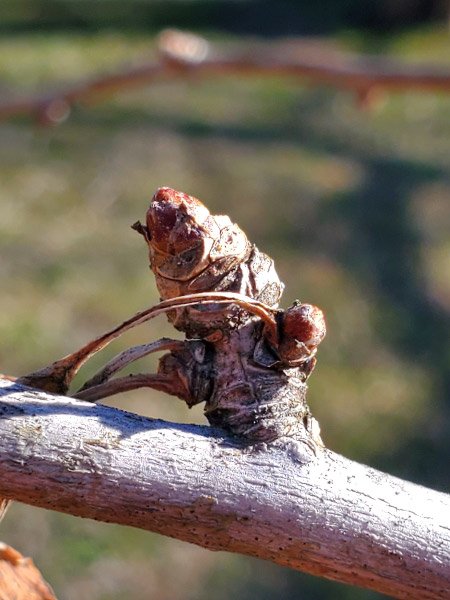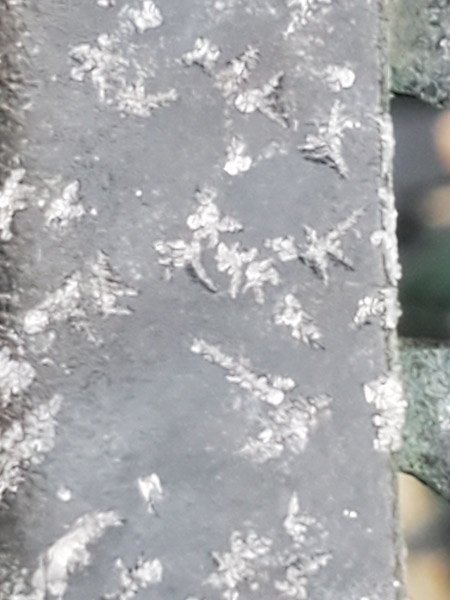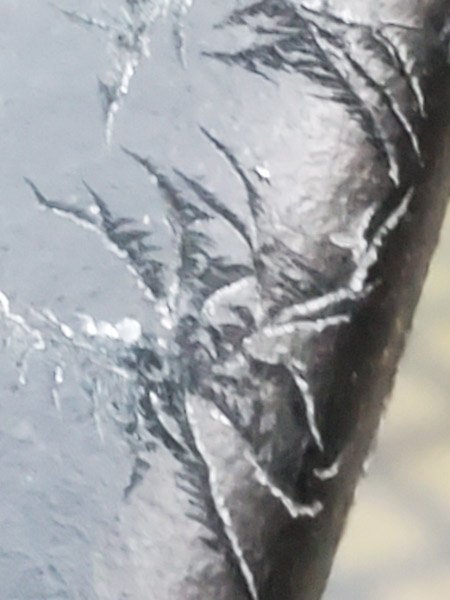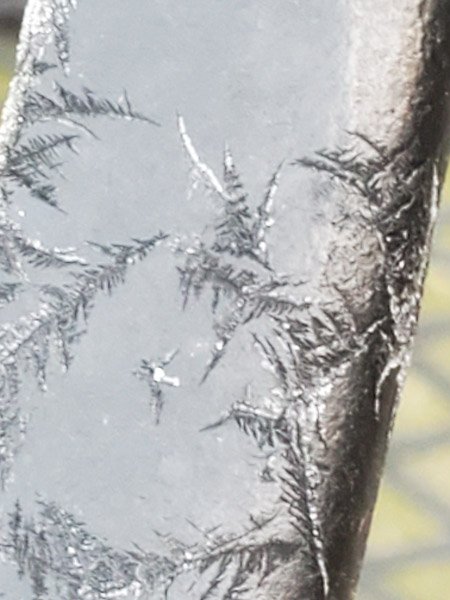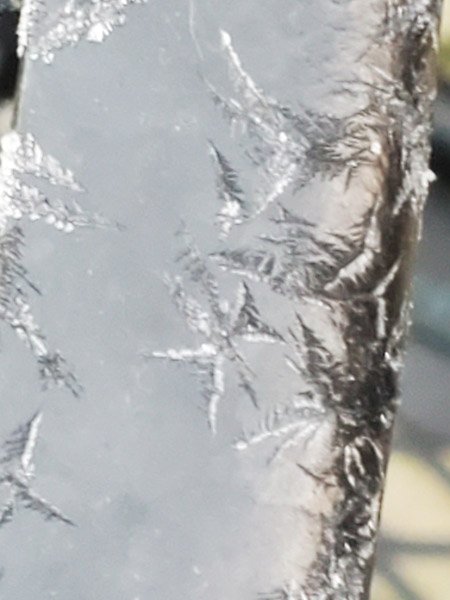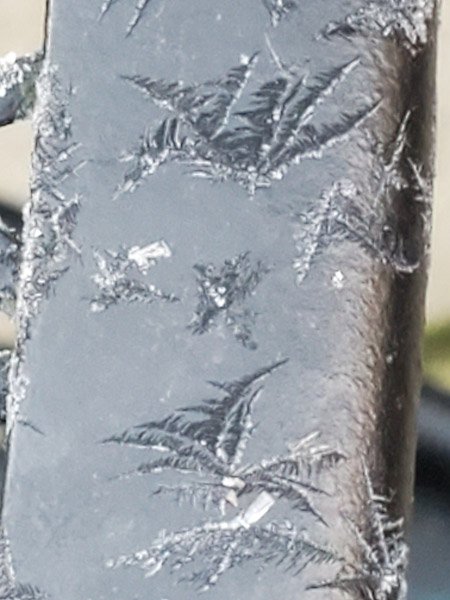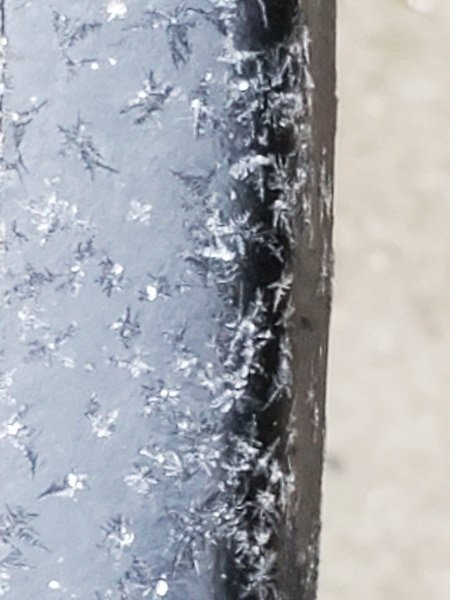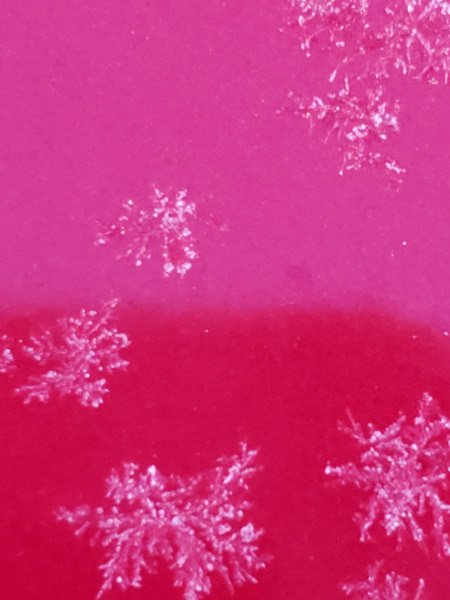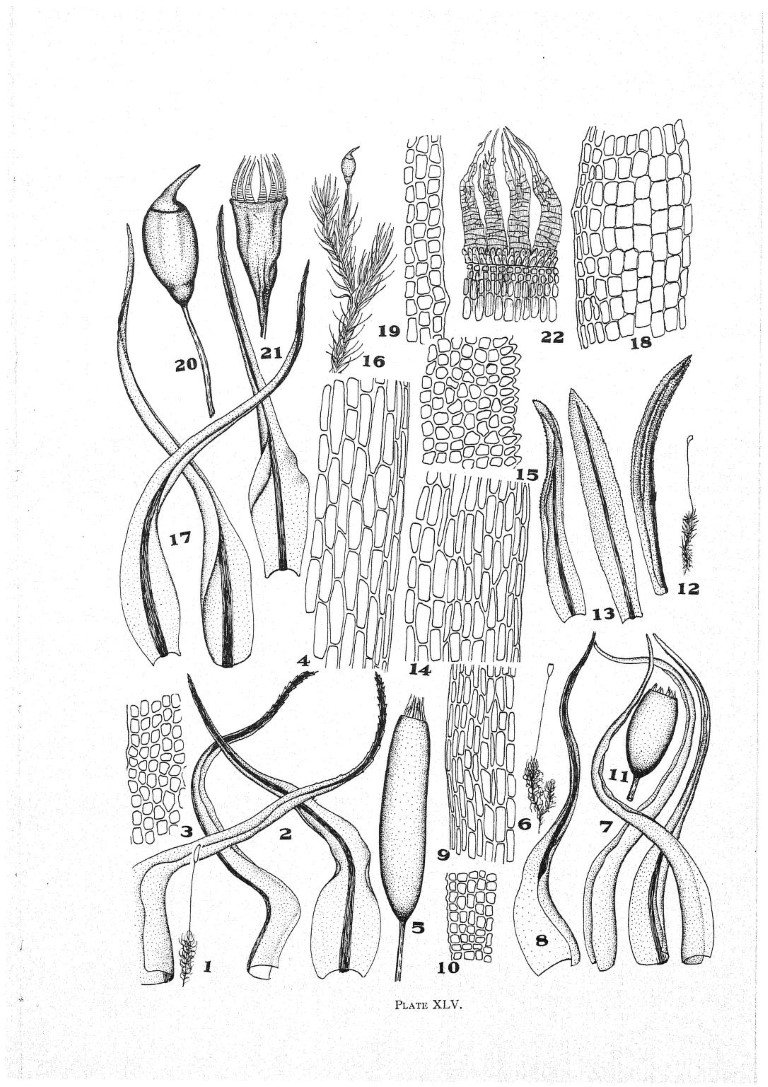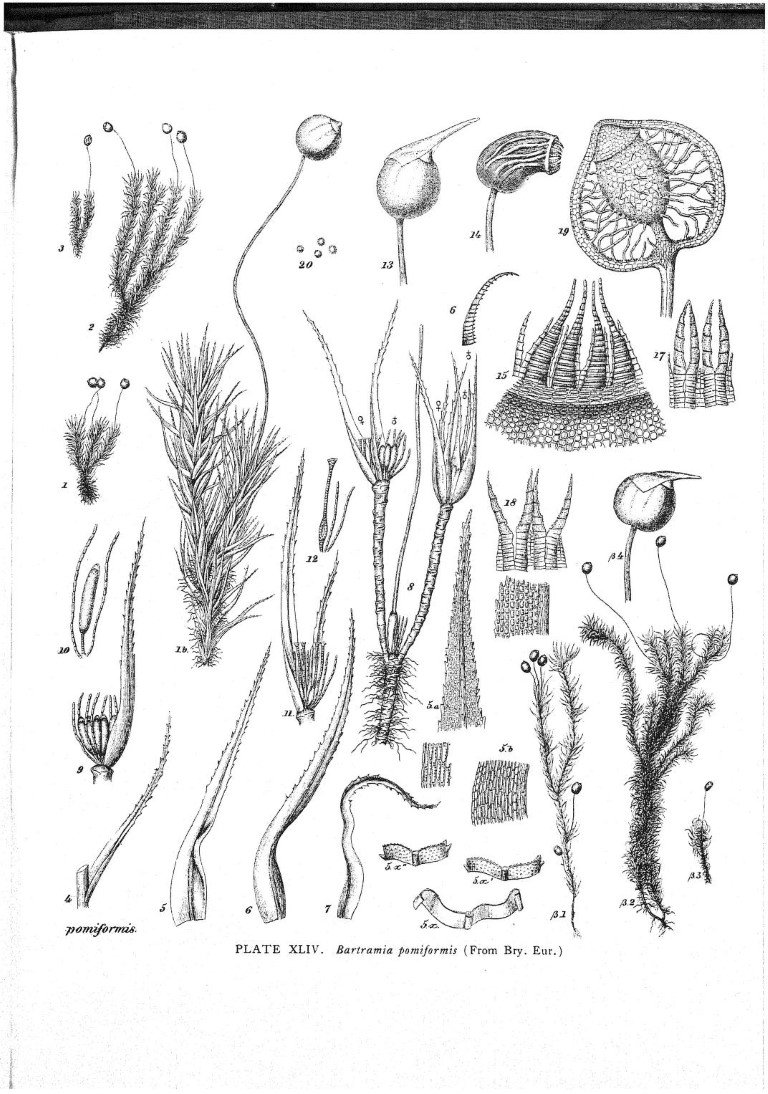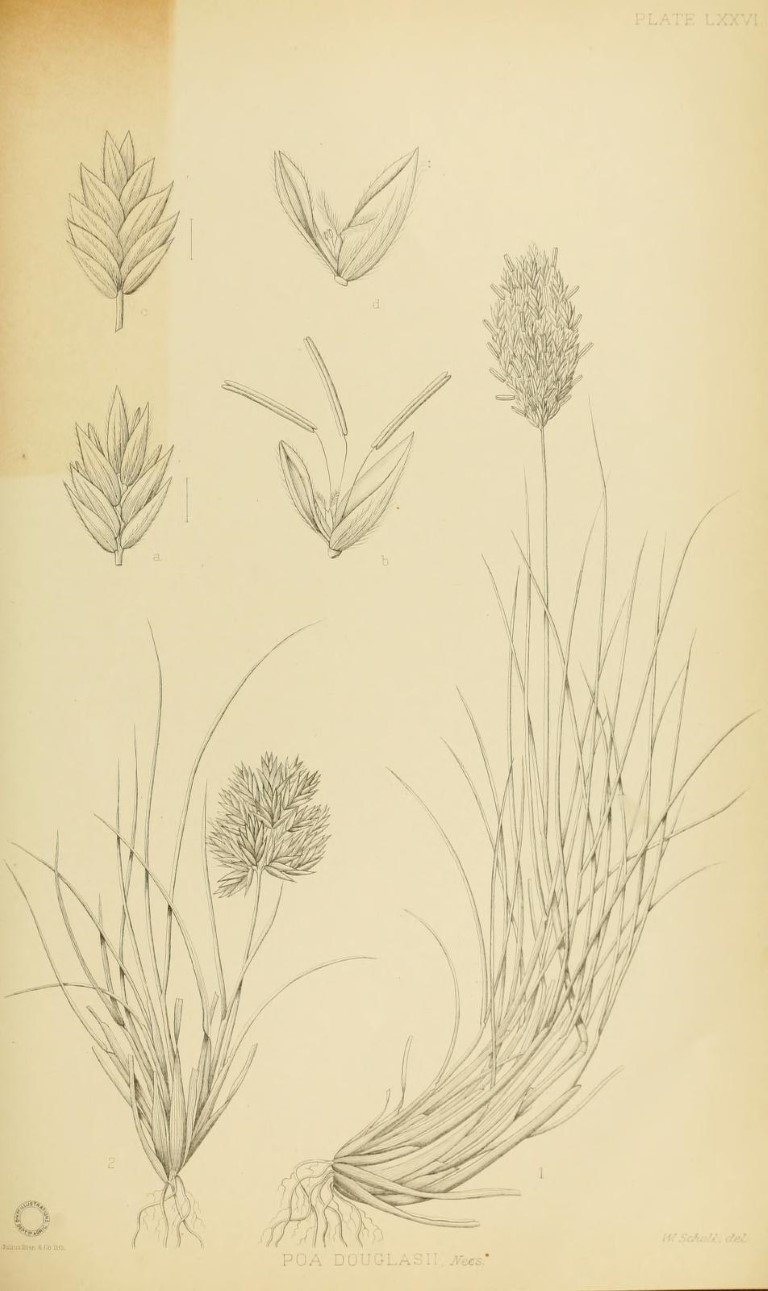Gleanings of the Week Ending February 11, 2023
/The items below were ‘the cream’ of the articles and websites I found this past week. Click on the light green text to look at the article.
Why the world feels so unstable right now – Intermittent instability of nonlinear systems of nature and global society –weather and climate, the economy, a pandemic, a war. We attempt to model nonlinear systems to predict these intermittent instabilities…but it is hard. Right now there seem to be significant nonlinear systems interacting: weather/climate + diseases (COVID-19 and bird flu (US)) + inflation + Russia’s invasion of Ukraine.
Completing The Electrical Circuit at Kilauea in Hawai'i Volcanoes National Park – The technique to get a detailed ‘CAT scan’ of the volcano…..mapping locations of subsurface magma in 3D.
Ex-cell-ent Clouds off Chile’s Coast – Open and closed-cell marine stratocumulus clouds photographed by Moderate Resolution Imaging Spectroradiometer (MODIS) on NASA’s Terra and Aqua satellites. Learning more about these clouds….contributing to better weather prediction and improving the accuracy of climate models.
The Surprising Substances Ancient Egyptians Used to Mummify the Dead – Evidently some of the substances the embalmers were using came from Southeast Asia. Perhaps embalming instigated early global trade.
Algae robots transport antibiotics to infected tissues (infographic) – Researchers inserted the modified algae into mouse windpipes…they spread into the lung tissue and killed pathogenic bacteria!
Hundreds of Frank Lloyd Wright’s Designs were never built. Here’s what they might have looked like. – Computer generated models from David Romero.
5 expert tips to protect yourself from online misinformation – We all need tools to help us distinguish information from misinformation.
Montessori: The world’s most influential school? – I sought out a Montessori pre-K and K for my daughter about 30 years ago…and it fit her needs. I have no way of analyzing how closely the school adhered to classical Montessori ideals.
An action plan to prevent Alzheimer’s disease – Defining what 2nd generation memory clinics should include.
Gallup: Fewer than half of Americans believe US healthcare is good enough – Not surprising really – it’s expensive and we are all getting more skeptical that the system is as effective as it should be for what it costs. Evidently the people in my age group (over 55) were generally more satisfied with their health care than other age groups; people old enough to qualify for Medicare may not be as anxious about costs but I was surprised that I am in the minority in thinking US healthcare is ‘subpar’ rather than ‘excellent’ or ‘good’ based on the effectiveness issue and the structure of the system overall.












































